A legendary tour in Eastern Taiwan would not be complete without a visit to Baxiandong and XiaoYeliu. The former is located in Changbin Township and was the home of the earliest inhabitants of Taiwan while the latter is the little brother of New Taipei’s Yehliu GeoPark. Visiting them was like exploring how Taitung originated and how the forces of nature shaped its future.
 |
| Taitung Bus Station |
XiaoYeliu is one of the tourist attractions in the East Coast Line of the Taiwan Tour Bus and it was very easy to visit this tourist attraction. The problem goes for individual travelers who wants to visit Baxiandong since the last stop of the Taiwan Tour Bus was at Sanxiantai. When I arrived at the Taitung Bus Station after my trip in Taiwan Day 972, I talked to a staff of the bus station who doesn’t speak English. I grabbed one of the free maps there and showed the employee the Chinese name of Baxiandong. I asked which bus should I take to reach the Caves of Eight Immortals and I was then given me a timetable written in Chinese with the departure times of Bus 8119 encircled for my convenience.
I woke up very early to board the 6:10 am Ding Dong which was bound to Hualien (花蓮). The one-way fare was NTD 269 and I paid it to the driver upon boarding the bus. The two hour and 10 minutes travel time allowed me to sleep in the bus although I felt uncomfortable throughout the entire trip. I felt that the bus would soon disintegrate due to its fast speed and there was also this uncertainty if I would reach my destination without any mistake. I was going to Changbin Township which is the northern most town of Taitung. If you are familiar with the shape of Taitung province, it looks like a right hand with its pinky finger raised. Changbin represents the nail of the pinky and getting lost here was a disaster because it would be difficult to find someone who can speak English and help me find my way back to Taitung City.
 |
| Xiandong Cave Entrance (仙洞入口) stop |
When I entered the bus, I showed the driver the Chinese name of my destination which was 八仙洞 (Baxiandong). He just nodded and after two hours when the bus passed by the Nanxiandong (南仙洞) stop I immediately pressed the stop button and asked the driver if I have arrived in Baxiandong. The look on his face indicated that he already forgotten that I need to alight at the Xiandong Cave Entrance (仙洞入口). It was a good thing that I was alert and the bus was on time on reaching Baxiandong at 8:19 am. The strict adherence of the buses in Taiwan whether in the city or the provinces really helps local and international visitors in executing their travel plan.
 |
| trail map |
 |
| Lingyen Cave |
There were 11 caves in Baxiandong but don’t expect the caves to be a haven of archeological diggings. They were all clean and some converted to a temple. The Lingyen Cave have a number of religious statues and the cave itself was very big. A dog silently watched me as I took photos of the places and I remember the signboard that reminds tourist not to feed, approach or provoke the stray animals in the area. The Lingyen Cave and the two Noname Caves were located near sea level. However, these Noname caves were off-limits to the visitors. The remaining seven caves were located high up in the mountains and accessible by a set of fragile wooden stairs.
 |
| There was a mad dog waiting here in Cianyuan Cave. |
 |
| Kunlun Cave |
I bravely hiked the stairs while I carefully made each step. Visitors were reminded of snakes, spiders, giant bees and stray animals and I have to always protect myself. I can still hear the sound of the waves of the Pacific Ocean as I climbed higher and higher until I found a spot to take a photo of myself. The remaining caves were located above sea level at a height of more than 100 meters and their location made me wonder how the early people of Taiwan did manage to climb the cliffs without the help of stairs.
 |
| Baxiandong Visitor Center |
A professor from National Taiwan University first discovered these caves and his team discovered a number of stone tools and pottery times that proved the existence of a primitive human civilization on the area. The Baxiandong Visitor Center have some of these items and if you happen to visit the mini-museum take a look at the pointed edges of the so-called stone tools of the Changbin Culture. The center of this civilization can be found at the Chauyin Cave. However, the cave just like any other geologic wonder in the area was converted into a temple. A mad dog was even barking at me when I reached the path leading to this cave that I did not attempt anymore to get near to the prehistoric site.
 |
| I took this photo of the beach while waiting for the bus. |
The farthest cave that I could reach was Kunlun Cave and after taking my photo with that last cave I finally decided to go down to wait for the bus that would take me back to town of Chenggong (成功). I waited for Bus 8105 and it arrive at 10:40 am. The fare was NTD 111 and it came to its final stop at exactly 11:28am. I hurriedly look for the Taiwan Tour Bus stop and I had difficulty looking for it. It was already lunch time and I wandered around the town until I found myself at the Aquarium of Anemone fish (小丑魚主題館) stop. The bus was scheduled to arrive at 12:17 pm and I was still able to give myself a simple lunch at a convenience store before heading back again to the bus stop. I arrived at XiaoYeliu at 1:10 pm and the fare for the trip was NTD 118. This Baxiandong and XiaoYeliu combo-trip was really expensive but this was the best thing that I could do with Taiwan’s public transportation.
 |
| XiaoYeliu Visitor Center |
Xioayeliu was not very big as compared to its big brother in Northern Taiwan but I enjoyed jumping and hopping into the different rock formations in the park. Some of the rocks were very slippery to step on so visitors must be very careful at these dangerous areas. A honeycomb rock, tofu rock and a cuesta can be easily noticed but I actually didn’t pay attention to them neither I was able to recognize them. I only focused on setting my tripod and getting a decent pose within 10 seconds. My favorite photo in XiaoYeliu was the one when I laid my entire body on the bedrock. “Oh! This is PhD life”, I said to myself while waiting for the flash of my camera to emit its light.
It was interesting to know about the origins of Baxiandong and XiaoYeliu. The caves of Baxiandong were formed from lava that came out from an underwater volcano. The cooled magma was slowly uplifted by tectonic movements and eroded by the powerful waves of the Pacific Ocean creating hollow spaces that soon became the homes of the early Taiwanese during the Paleolithic Period. On a different note, the age of the formation of XiaoYeliu was not explained much in the visitor’s center. Its big brother Yehliu GeoPark was estimated to originate in the Miocene Epoch and it could be formed at the same time or might be even younger. Only one thing is sure about Baxiandong and XiaoYeliu. These places were not formed overnight. They had been part of Taitung for more than a thousand years.
PLACES TO VISIT IN TAITUNG (台東) - EAST RIFT VALLEY (花東縱谷)
Sakura Series - Taiwan
Sakura Series - Taiwan
Sakura Series - Japan
Maple Series
 |
| Yehliu to Jiufen? Yehliu to Shifen? Cheaper than yellow taxis |









































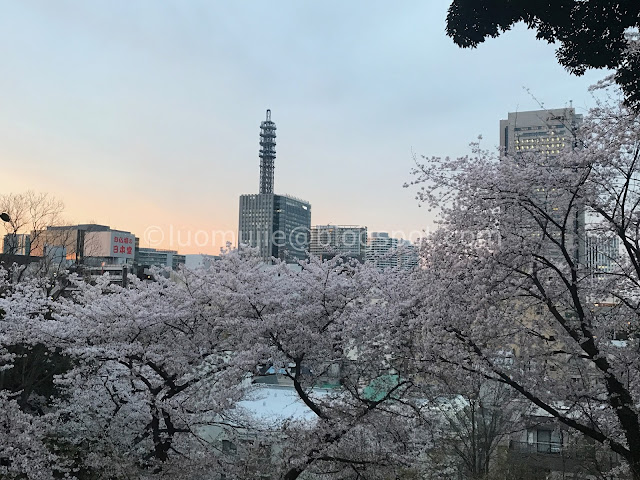
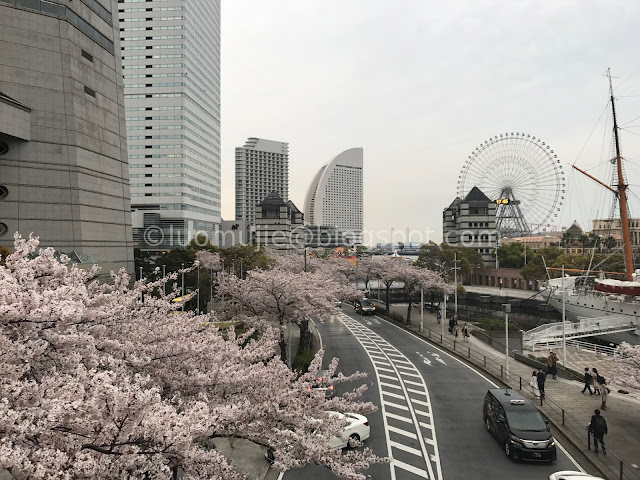
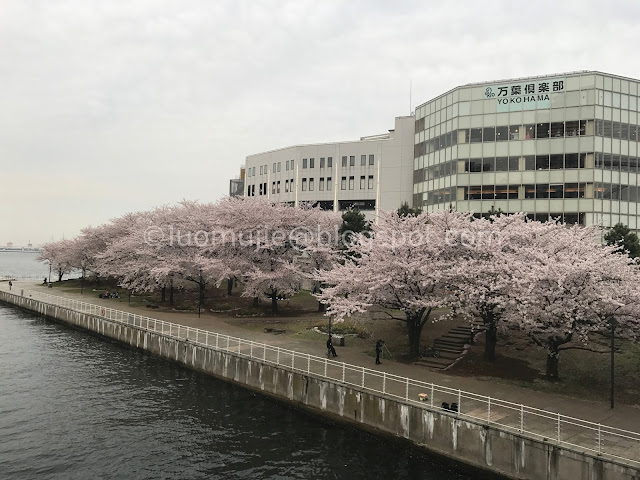
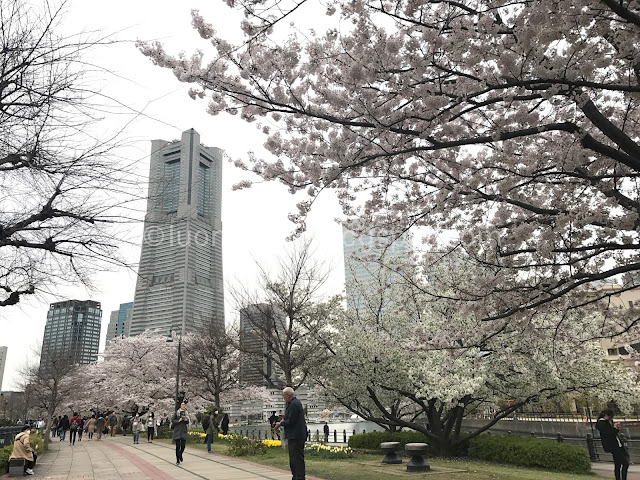
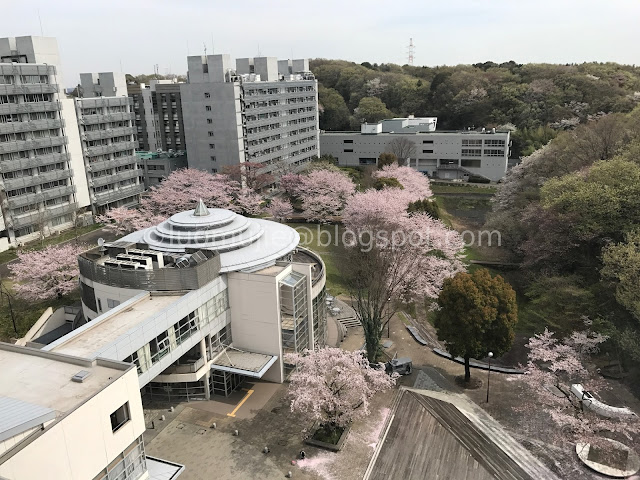
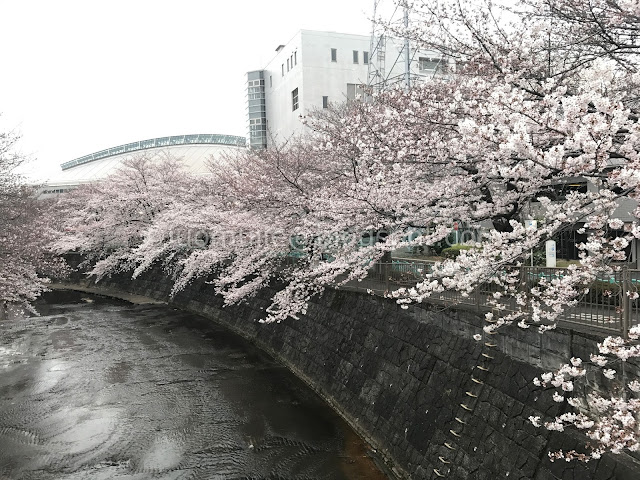
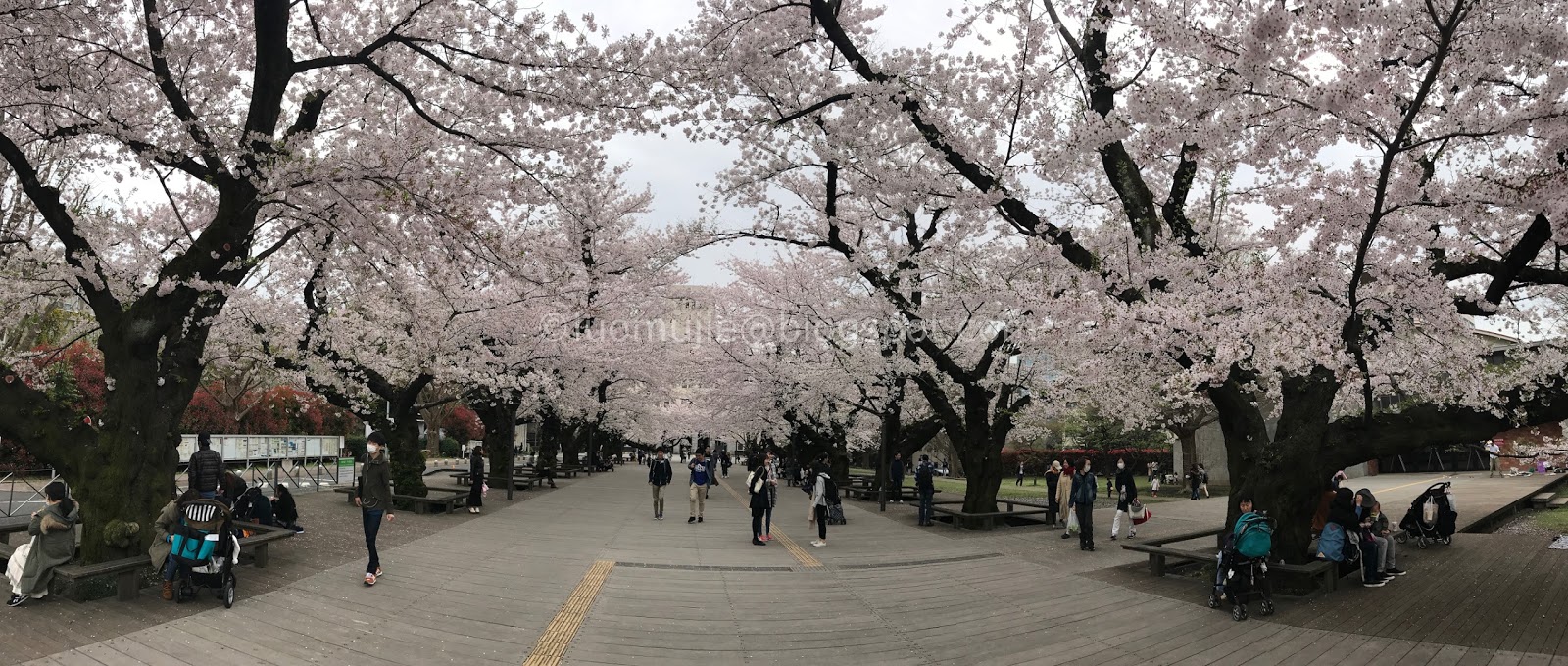


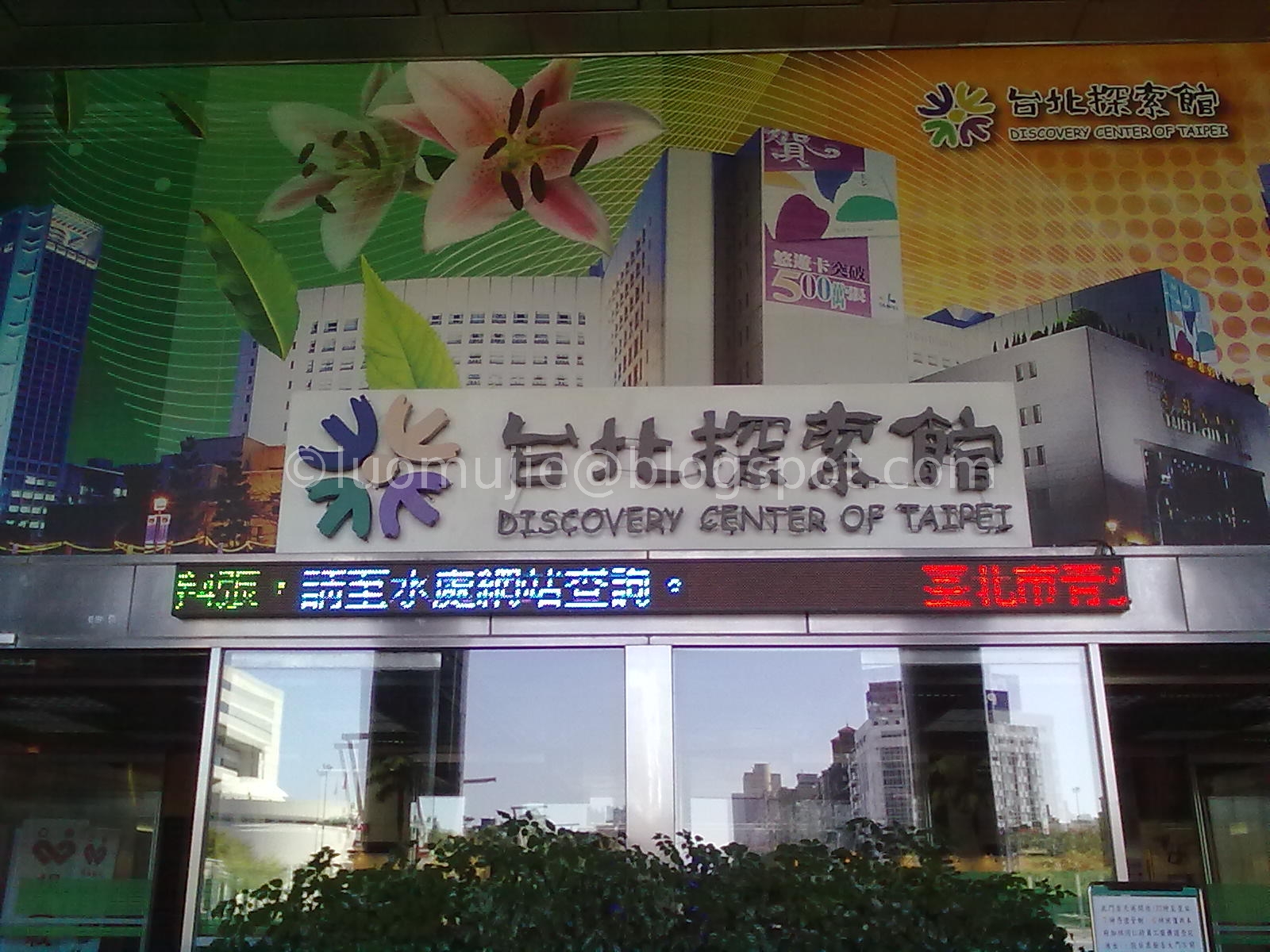

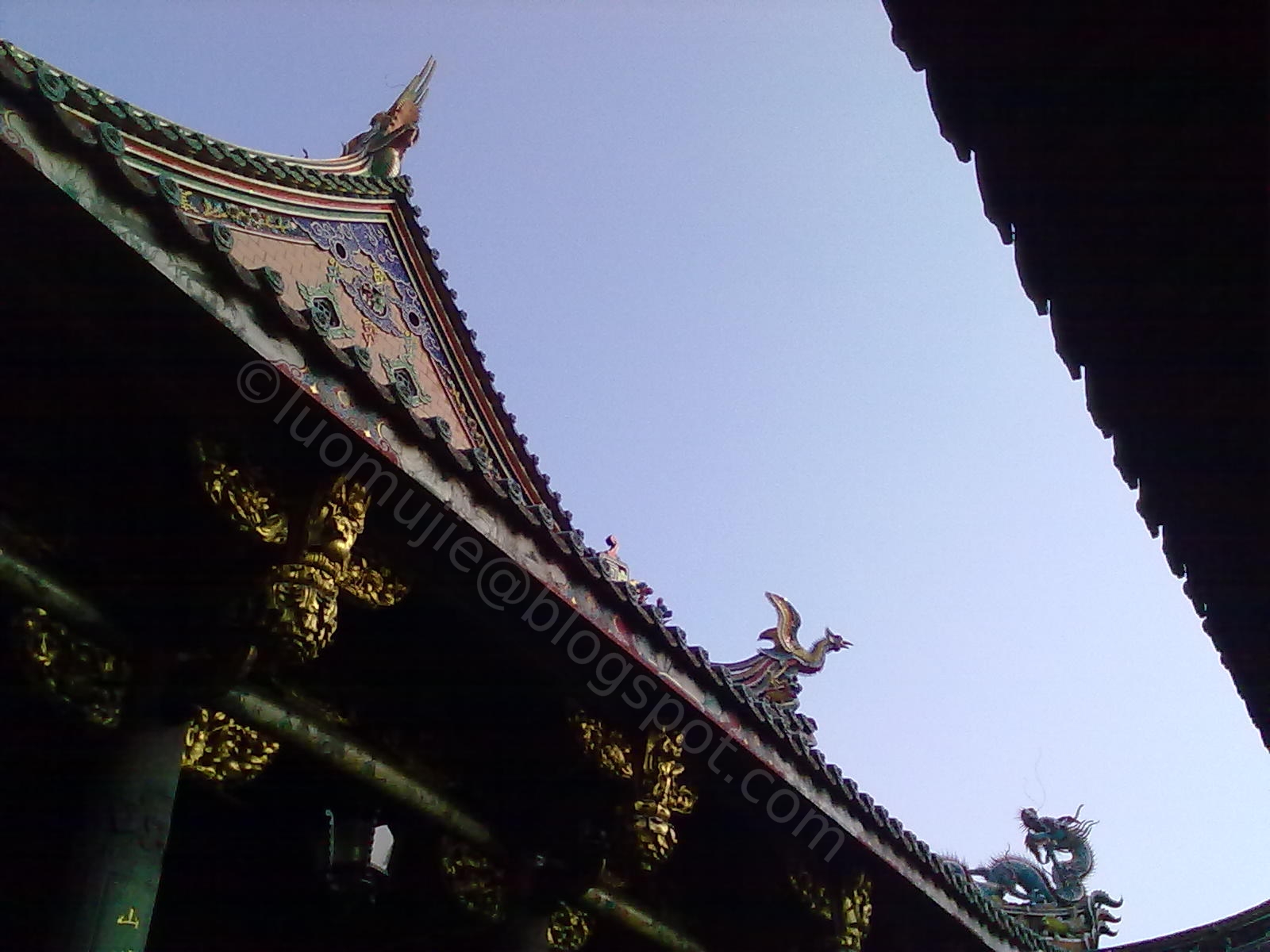
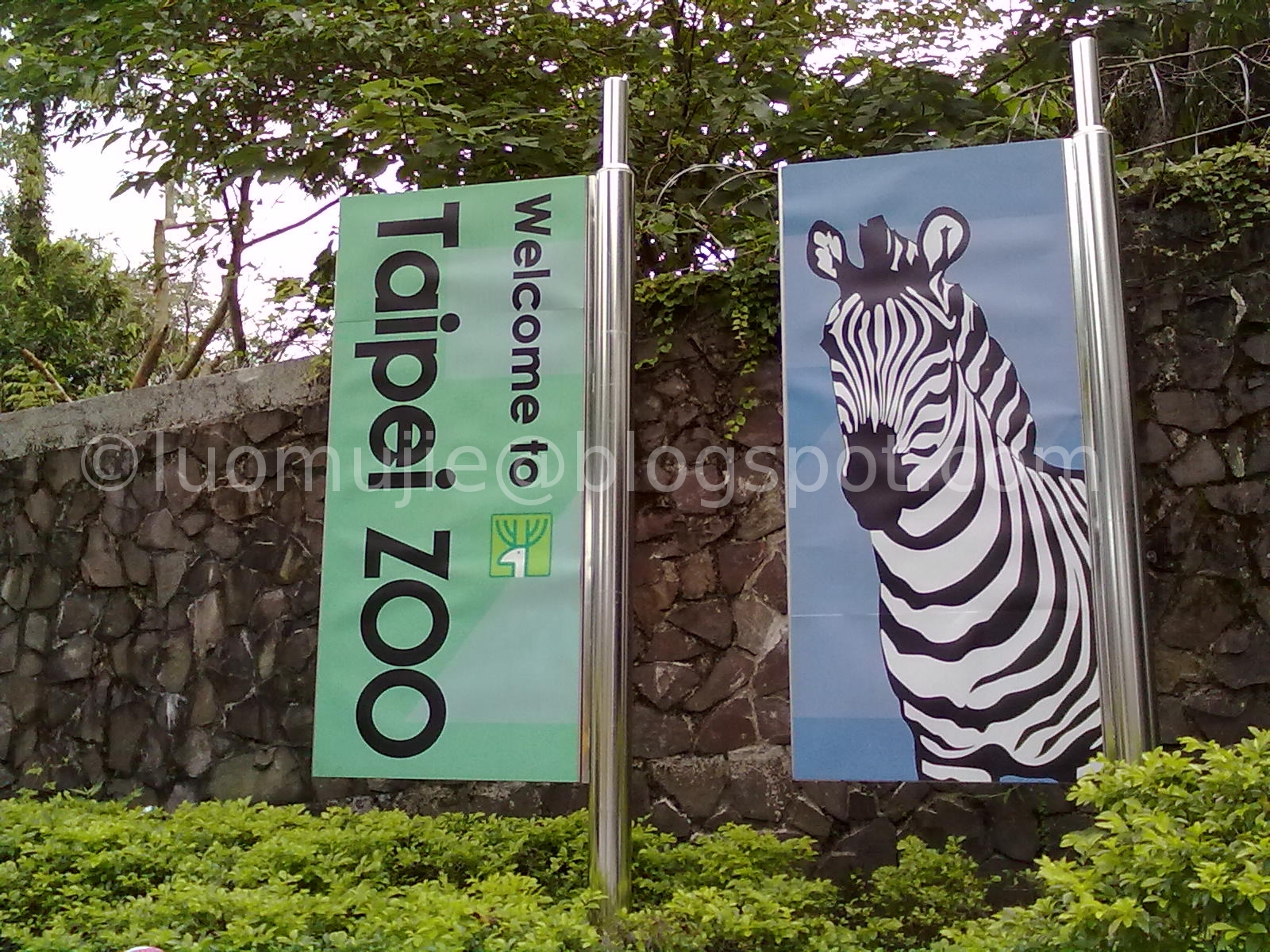
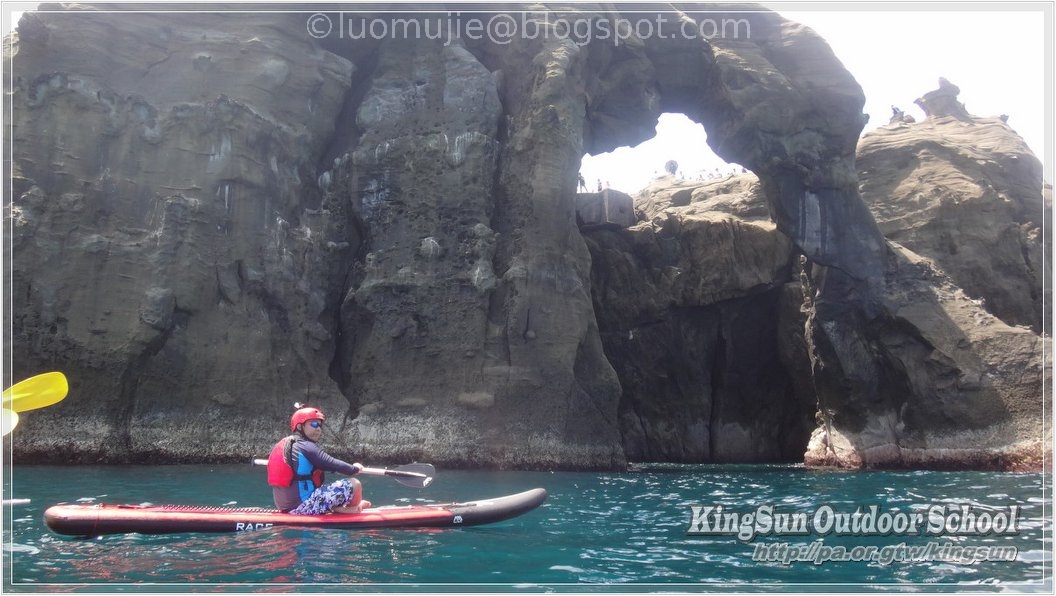

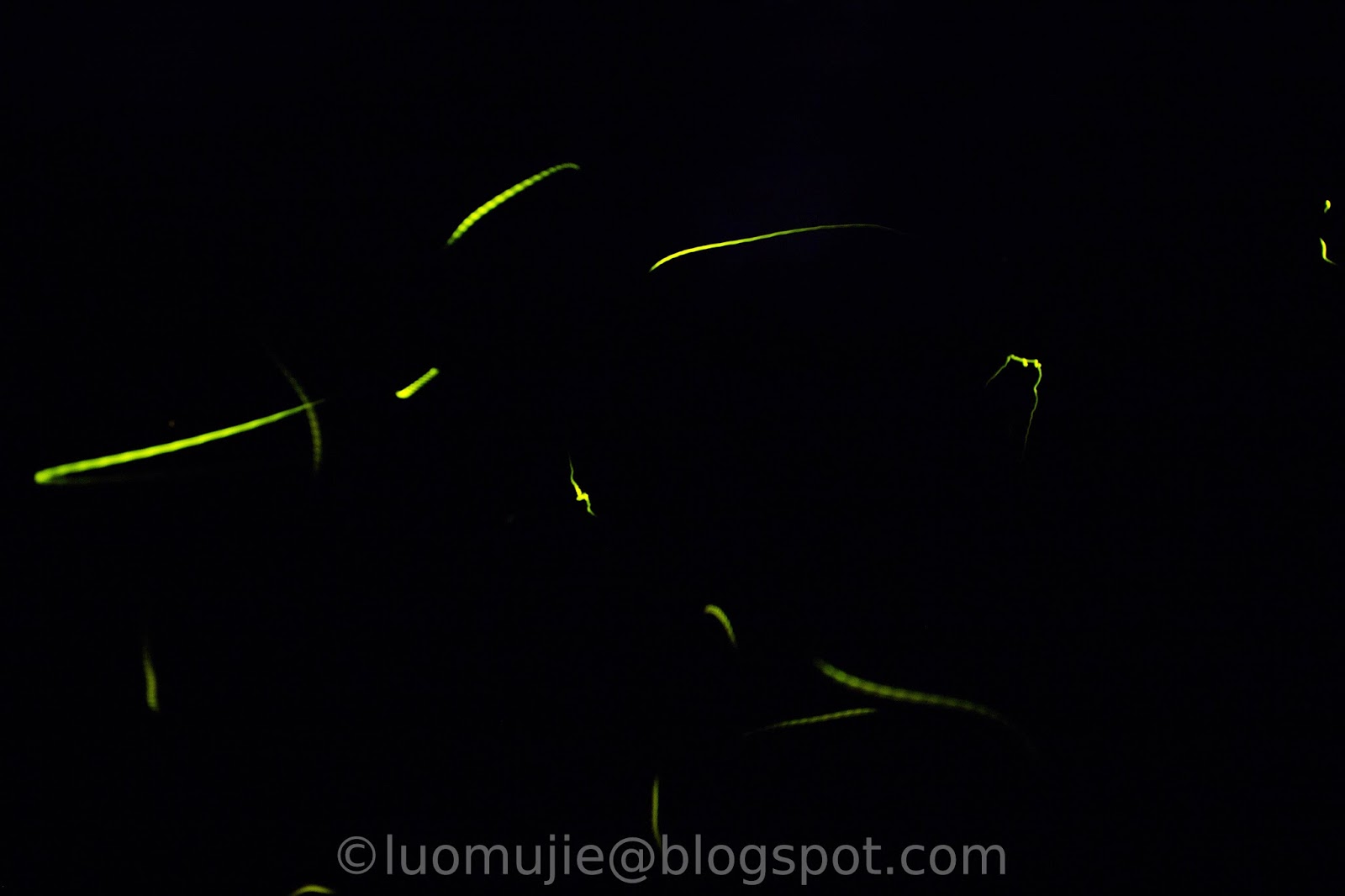




















































































0 comments:
Post a Comment